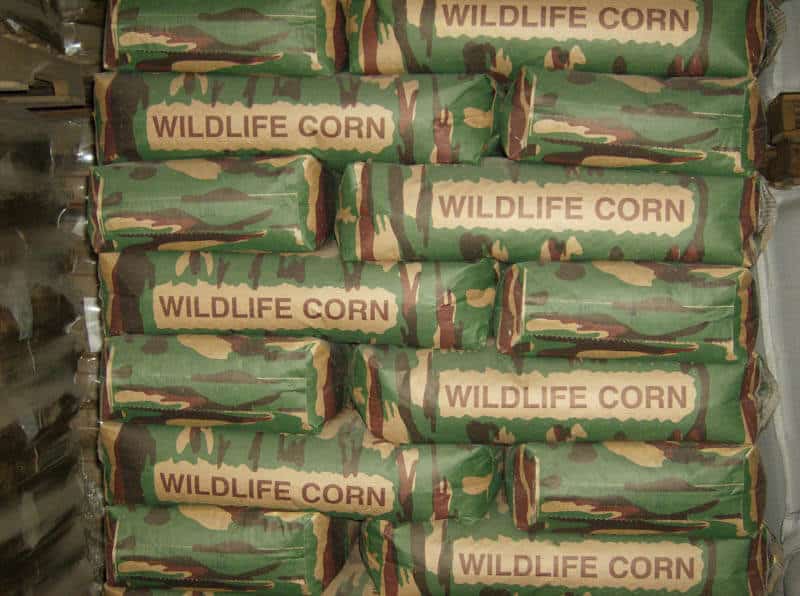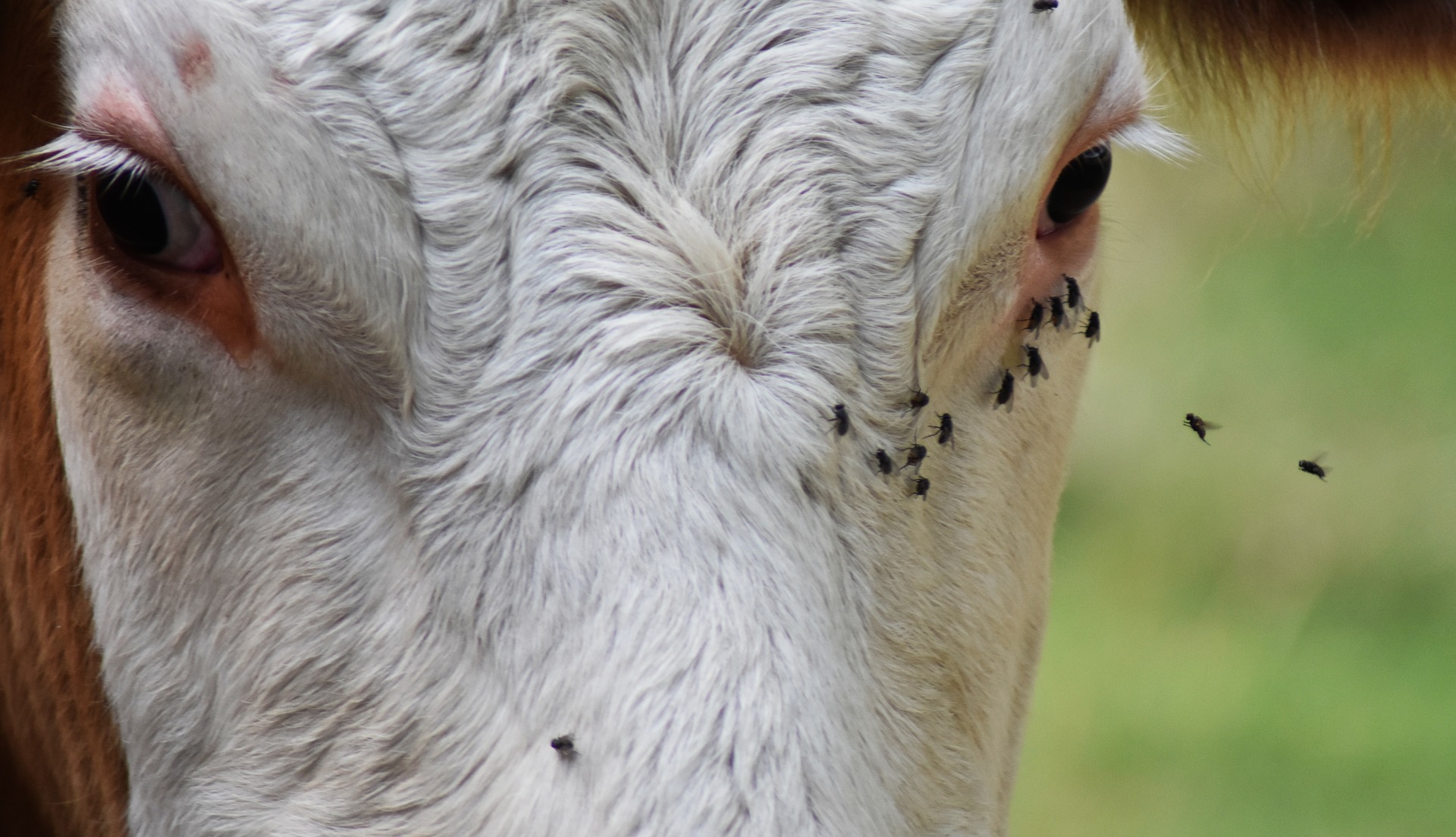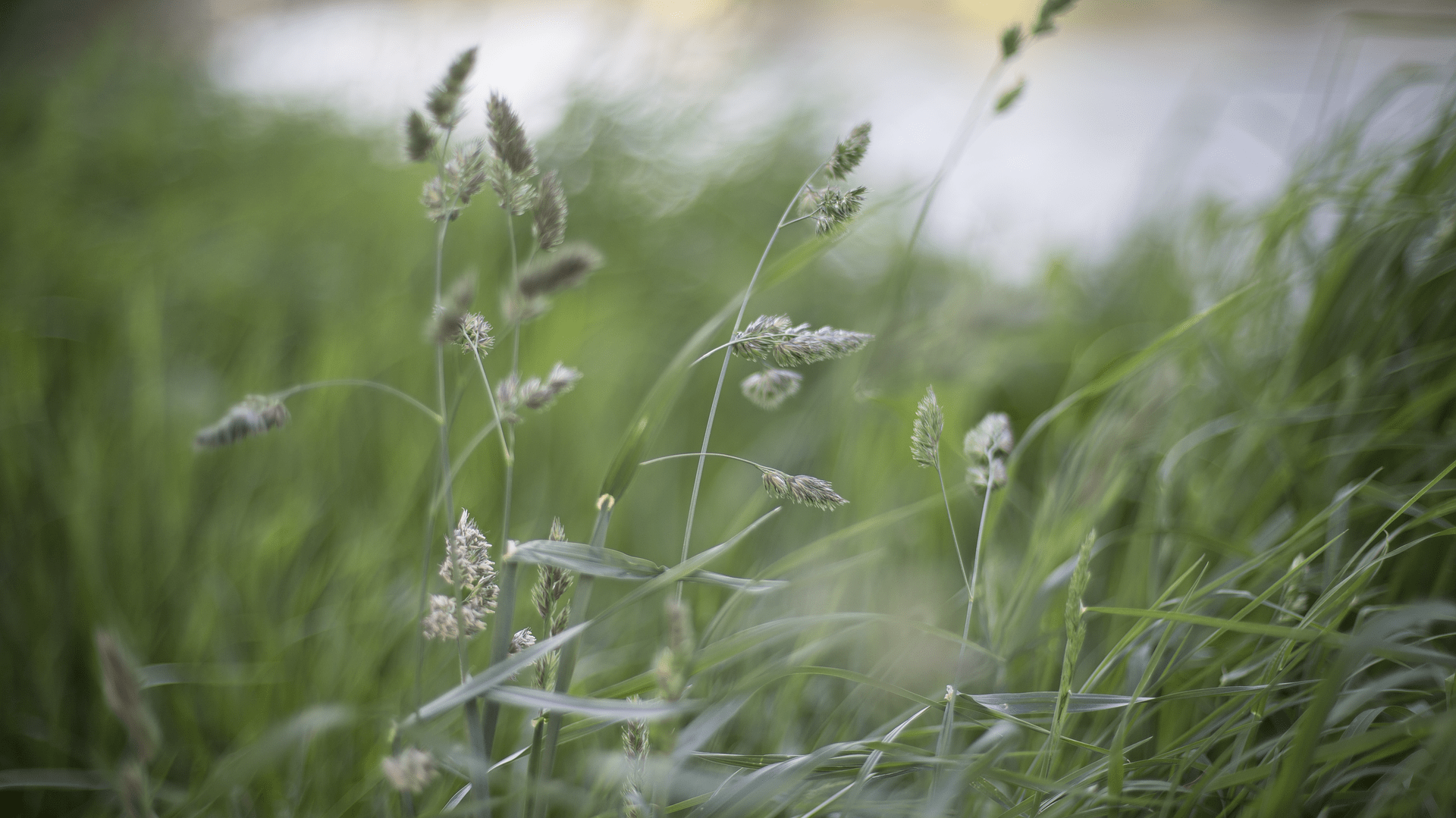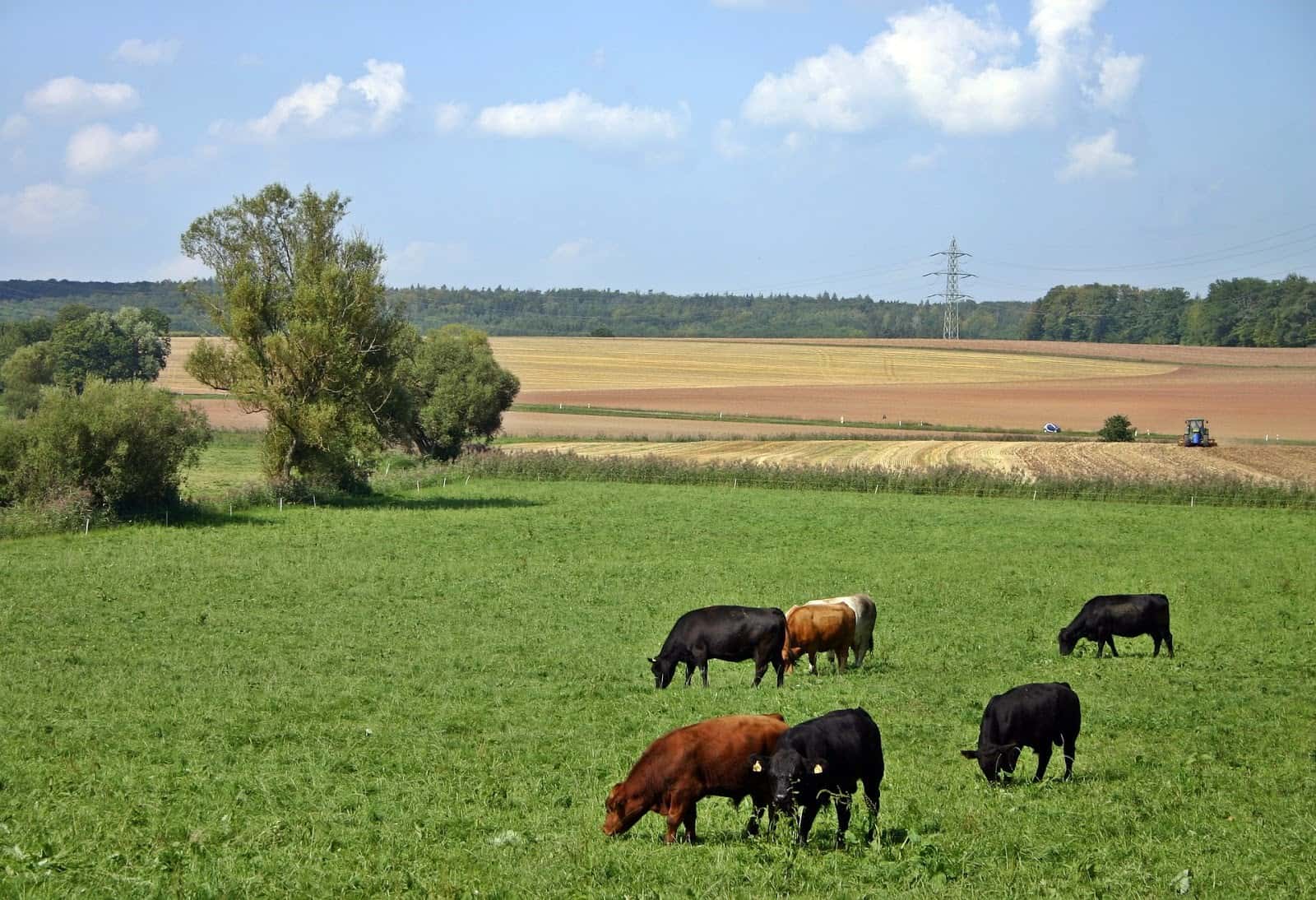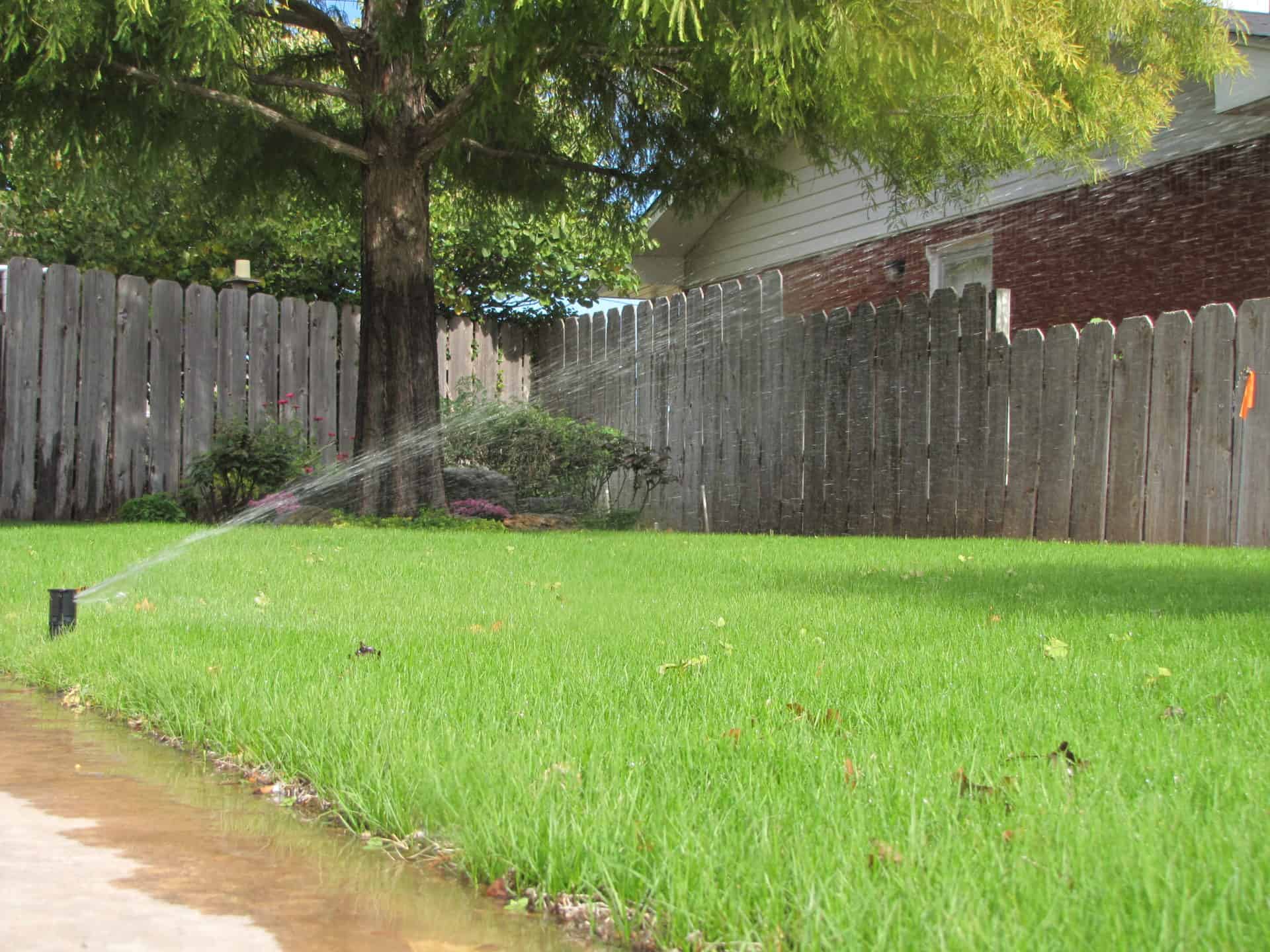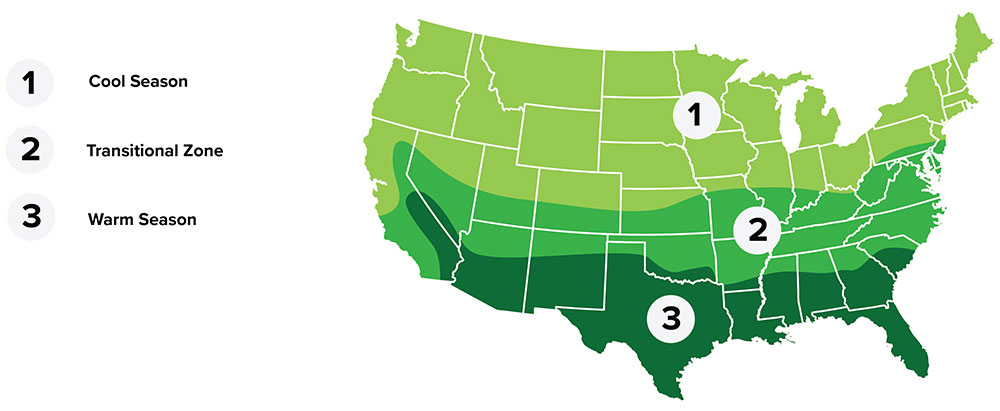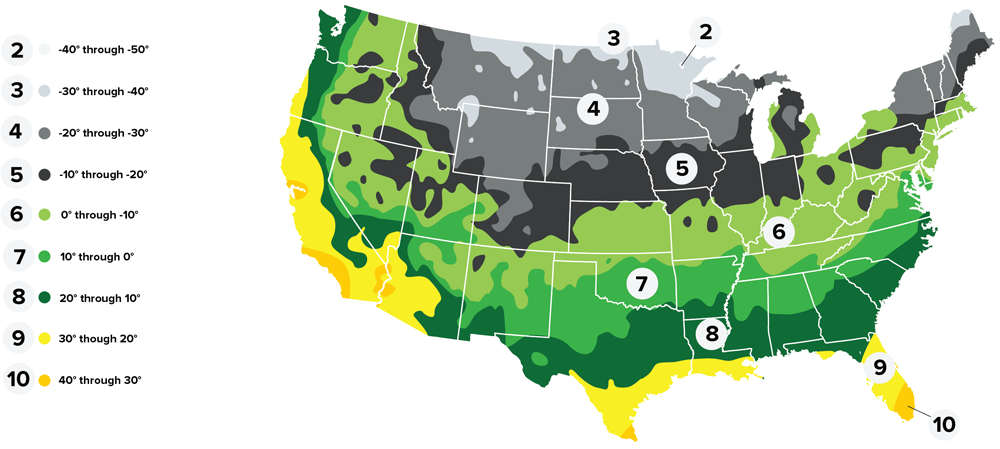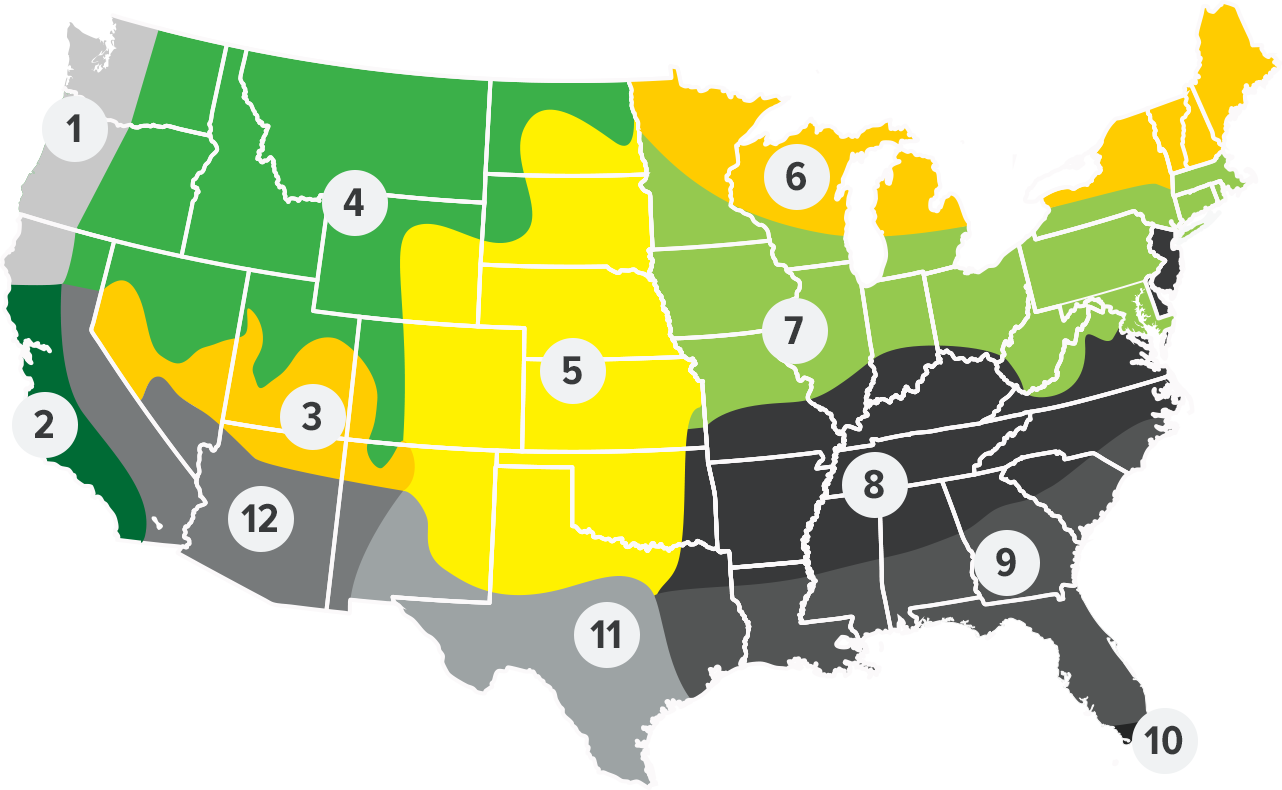WW B DAHL
Call for pricing availability -
(800) 375 - 4613
Summary
Old World Bluestems include several species of perennial warm-season grasses introduced from Eastern Europe and Asia from as early as 1917. Since that time, more introductions have been made from Russia, India, Iraq, Pakistan, Afghanistan and Turkey. These various species are adapted to a wide variety of soils but prefer clay loam and loam soils. They are very drought and cold tolerant, disease resistant, insect resistant and are very palatable to livestock. The main advantage the Old World Bluestems have over most all native grasses is their exceptional tolerance to close repetitive grazing.They respond well to commercial fertilizers and produce high yields of good quality forage when managed intensively. Old World Bluestems range from prostrate to erect growth habits. When not heavily grazed, they produce a prolific number of seed heads with light chaffy seed that has the potential to be very invasive.
WW B Dahl has an outstanding leaf-to-stem ratio, resulting in high forage production and palatability. It is best adapted for southern plains areas receiving 15 to 35 inches of average rainfall. It has good drought tolerance and produces well under dryland or irrigated conditions. It does NOT do well in wet or alkaline soils. Prime grazing season is May15 to September 15 in most areas.
Plant Characteristics
Taxonomy
Zone
- USDA Plant Hardiness Zones
- 6, 7, 8, 9, 10
- Temperature Zone
- Warm, Transitional
Plant Characteristics
- Height
- 36" - 48"
- Bloom Period
- Summer
- Bloom Color
- Yellow
- Leaf Color
- Green
- Growing Cycle
- Perennial
- Sun Requirement
- Full Sun
Plant Information
- Planting Season
- Spring - Early-Summer
- Plant Depth
- 0.25"
- Minimum Soil Temp for Germination
- 60° F
- Establishment
- Easy
Seed Information
- Seeds Per Pound
- 479,000
- Kingdom
- PLANTAE
- Subkingdom
- TRACHEOBIONTA
- Super Division
- SPERMATOPHYTA
- Division
- MAGNOLIOPHYTA
- Class
- LILIOPSIDA
- Subclass
- COMMELINIDAE
- Order
- CYPERALES
- Family
- POACEAE
- Genus
- BOTHRIOCHLOA
- Species
- BOTHRIOCHLOA BLADHII
Coverage Area & Available Sizes
Applications
Old World Bluestems are used extensively for forage in the Southern Great Plains. In general they respond well to fertilization, are drought and cold tolerant, withstand close grazing, and are palatable for cattle. Forage yields of as much as 6 tons of dry matter are capable with a intensive management and a strong soil fertility program. This group of grasses is very aggressive and present the potential to be invasive into surrounding species.
Old World Bluestems are used extensively for forage in the Southern Great Plains. In general they respond well to fertilization, are drought and cold tolerant, withstand close grazing, and are palatable for cattle. Forage yields of as much as 6 tons of dry matter are capable with a intensive management and a strong soil fertility program. This group of grasses is very aggressive and present the potential to be invasive into surrounding species.
Old World Bluestems were used extensively during the early Conservation Reserve Programs but most new plantings in the last 15 years have been predominantly native grasses.









